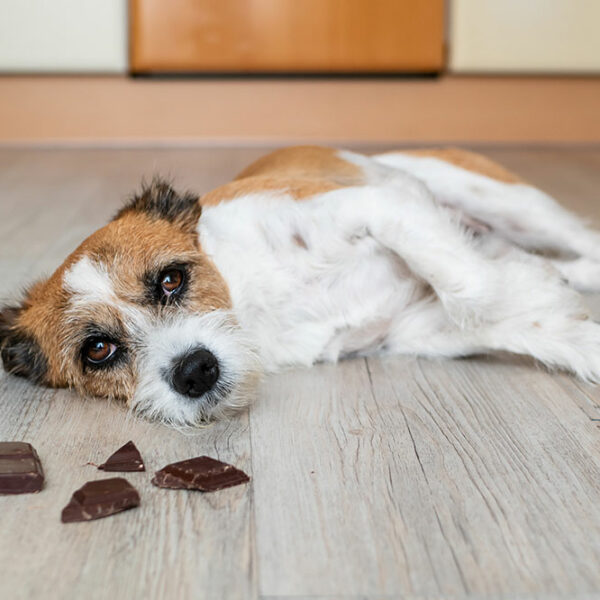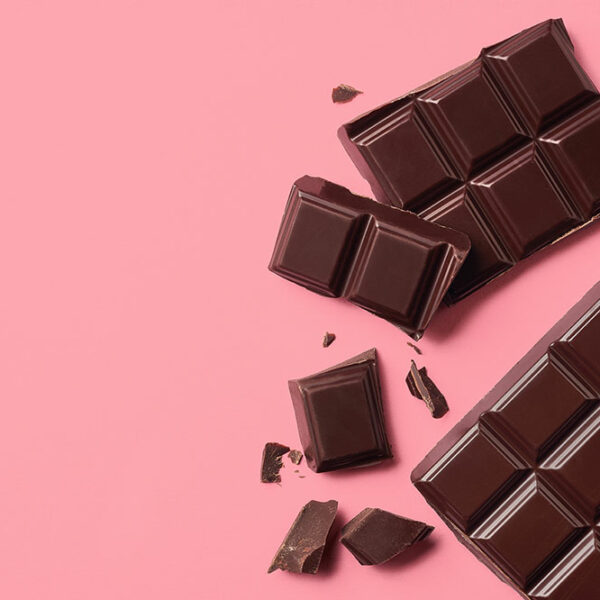
4 ways to reintroduce cats to the litter box
While some cats would spend an absurd amount of time in their litter boxes, the others tend to avoid it. While the former might do little more than pique your interest, the latter could mean soiled carpets, furniture, and linens on the regular. Cats not using their litter box could be a problem, and to know how to solve it, understand these few common reasons why cats start avoiding the litter box like the plague. Change of location It is possible that your cat does not like the area its litter box has been placed in. Or, they prefer a few other places to take care of its business. In this case, try to check if placing the cat litter box in an area of your cat’s preference can help solve the problem. If your cat hunts down a new place to go, you will have to make the new place unlikeable for them. You can employ tools like lights, motion sensors, double-sided tape, and other such tactics to repel your cat. Litter issues One of the possible reasons why a cat starts to avoid their litter box and hunts for other places to eliminate may be contained in its litter box.









